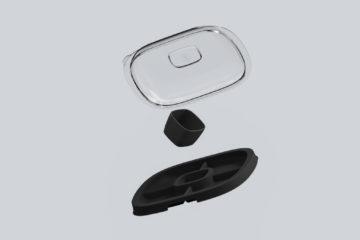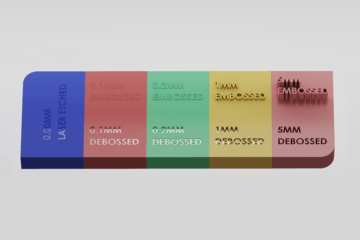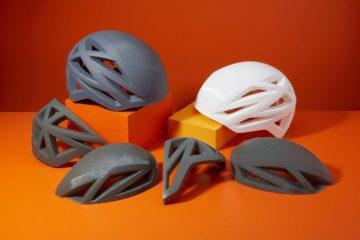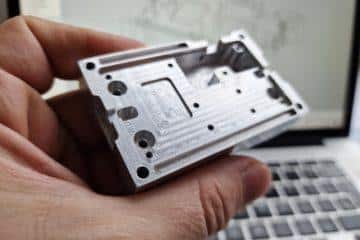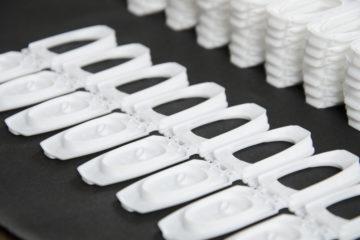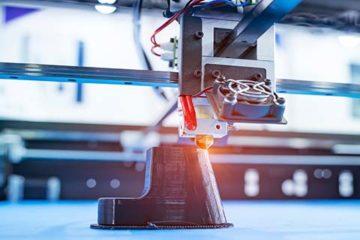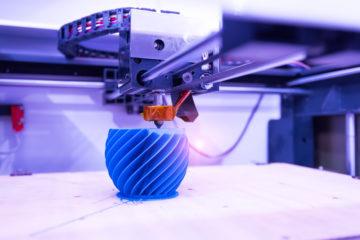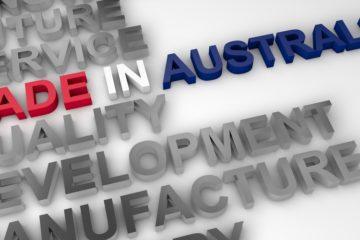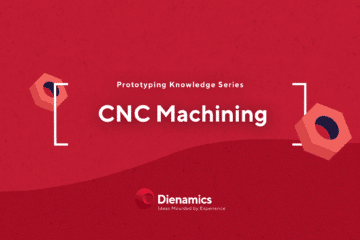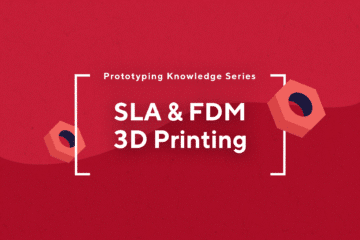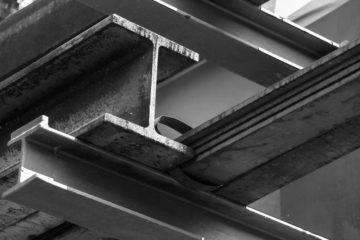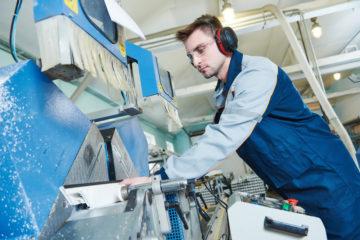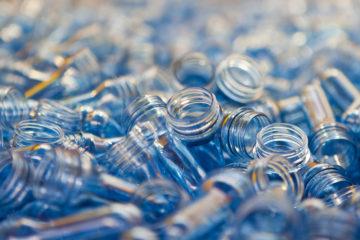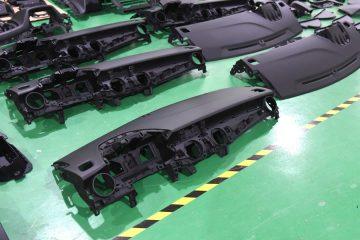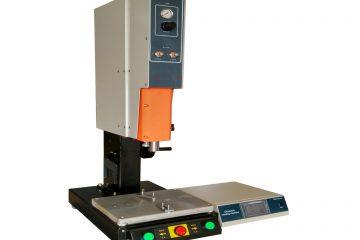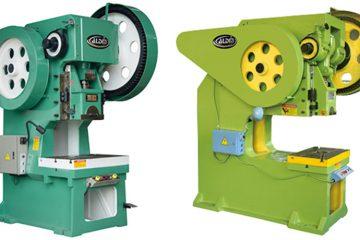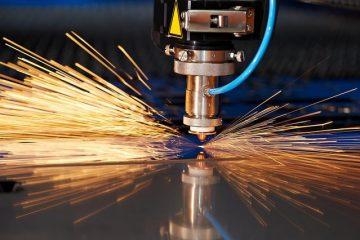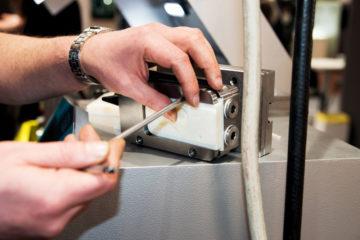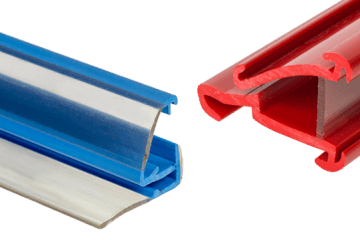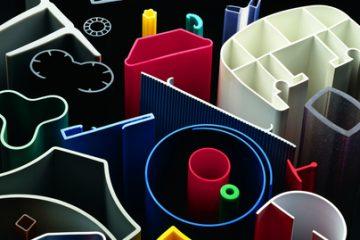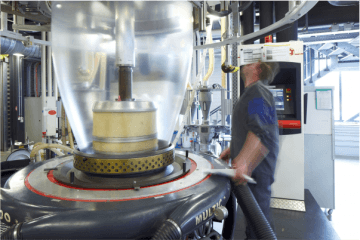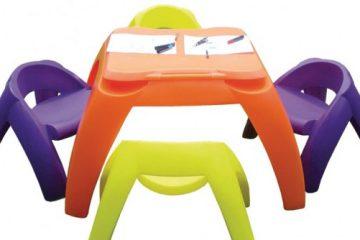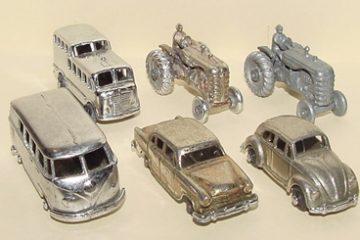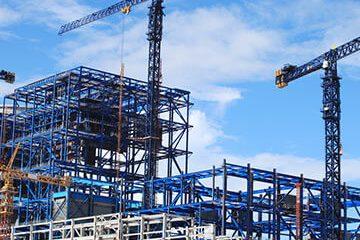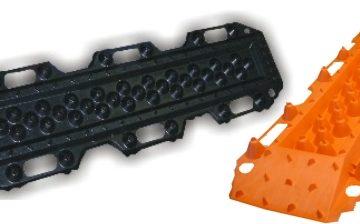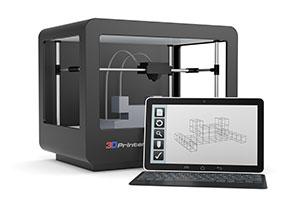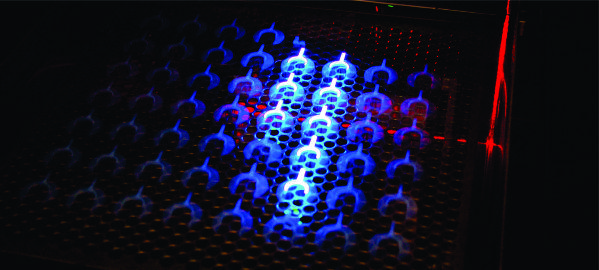
Stereolithography (SLA) is a type of rapid prototyping, AKA 3D printing. In this article, we will unpack the basic process, advantages and disadvantages of this manufacturing technique and decipher some of the jargon thrown about in the rapid prototyping industry.
Basic Process
The basic process of Stereolithography involves taking CAD model of an object, and digitally “slicing” it into sheets. Each sheet is then used as a template. The SLA printer shines an ultra-violet (UV) light onto a pool of light sensitive resin, creating a laser perfect solid plastic cross section of the original file, a fraction of a milometer thick. That part raises(or lowers) by the thickness of one slice, and the next cross section is hardened onto it. By doing this repeatedly a SLA printer can create a very detailed 3D shape.
Using UV light to cure the resin produces incredible resolution in X (Length) and Y (Width) directions, and the Z (Height) resolution is very fine as well. SLA prints do not exhibit the “banding” seen on the sides of home 3D printers, which often utilize the FDM method of part construction.
SLA Advantages
- You can make a prototype that looks exactly like the finished product, even including very fine detail and surfaces finishes.
- No tooling required.
- Unlimited geometric freedom – You can make shapes more traditional methods cannot handle.
- No finishing required. SLA can create very smooth surfaces.
Disadvantages
- It’s an expensive technology, in comparison to other rapid prototyping.
- SLA printers can only use UV curing Resin, which is very different from the thermoplastics used in mass production. SLA prints cannot be used to test the physical properties of a design.
- It can be slower than other rapid prototyping methods.
- Low volume production.
If you’re interested in creating a prototype, we can advise whether or not an SLA prototype is the correct choice for you. Contact us or organise a free 1 hour meeting with our design team.
Subscribe to Our Newsletter
Get the latest news from Dienamics into your inbox







